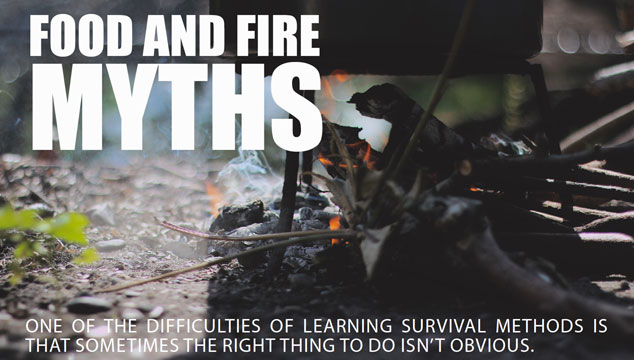
One of the difficulties of learning survival methods is that sometimes the right thing to do isn’t obvious. If you don’t have a background that supports a specific survival scenario, your first instinct might get you killed. That’s why learning the skills and methods of survival is so much more important than any gear you can purchase. I urge each person to learn as much as they can as about becoming a survivalist.
The other issue is that there are many common misconceptions about specific survival situations. Some of these are hundreds of years old, and have become engrained in our culture. It can be very difficult to determine what is myth and what is fact. My suggestion is to either refer to a survival expert or do some research to figure it out for yourself.
Unfortunately, there are plenty of celebrity survivalists who sometimes reinforce these myths. They can be more focused on ratings than on providing good information. But it puts people at risk when they do end up needing to survive.
With the growing popularity of survival shows, it’s more and more important that we dispel myths. We must drill down to the facts of what will keep you alive and what will not.
Fire Myths
Fire Myth #1: If I have a lighter or matches, I should be able to start a fire.
Not necessarily true. While a lighter and matches can help, windy or wet conditions can make it very difficult to start a fire. In addition, you still must know how to collect the proper tinder, kindling, and fuel. Then you’ll need to know how add these items in the right amounts to get a fire going. It’s very possible to have a lighter and still not be able to start a fire. They make it look so easy on television, but starting a fire is almost always a challenge.
Fire Myth #2: I should start my fire as soon as possible or keep it going all day.
This might be the best option if you have a huge amount of firewood and are concerned about starting a fire later. However, people underestimate how much firewood they’ll use each hour. Just to make it through the night, it’s suggested that you have a stack of large split wood at least knee high. You can easily double that if you start your fire too early in the day.
Fire Myth #3: If it’s raining, you cannot find dry wood.
While it is much more difficult, there are ways to find dry wood in the rain. You should pull your wood from dead branches that are up off the ground. You can usually find some small, dead branches at the base of evergreen trees.
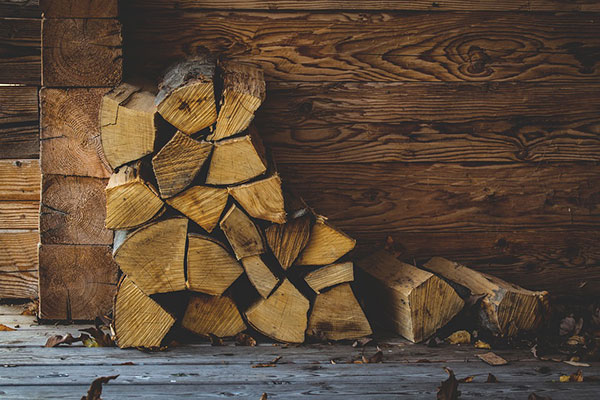
For larger branches, strip off all the bark that has absorbed moisture. Then split the wood exposing the dry interior. You can also use a manual pencil sharpener for small sticks to get dry shavings for tinder.
Fire Myth #4: Any dry wood will work for a friction fire.
The hardness of the wood plays a huge role in how well it will work for a friction fire. You may have to try a half dozen different combinations of wood before finding one that will give a good ember. Friction fire is much more difficult than you might think.
Fire Myth #5: I do not need fire in a warm climate.
Sometimes this is the case, but often the nighttime temperatures will drop significantly. I am about to complete a survival challenge in the high desert.
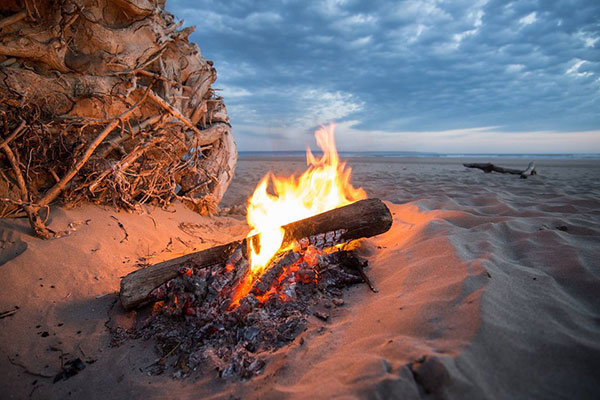
The difference between daytime and nighttime temperatures is about 40°F. That means that I could sweat through my shirt during the day and die from hypothermia at night. Fire is always a good idea.
Food Myths
Food Myth #1: Finding food is my top priority.
While food can help you stay strong and mentally sharp, you can survive three weeks without it. Water, fire, and shelter are much more important.
Food Myth #2: Hunting is the best way to get food.
You constantly see survivalists on television sharpening a spear or making a bow to go hunting for big game. The reality is that their odds of success are very low. In addition, they expend huge amounts of energy and risk injury. A better bet is fishing or collecting wild edibles.
Food Myth #3: Mushrooms are a good food source.
For most people, this is not the case. Unlike berries and green vegetation, mushrooms are very hard to identify.
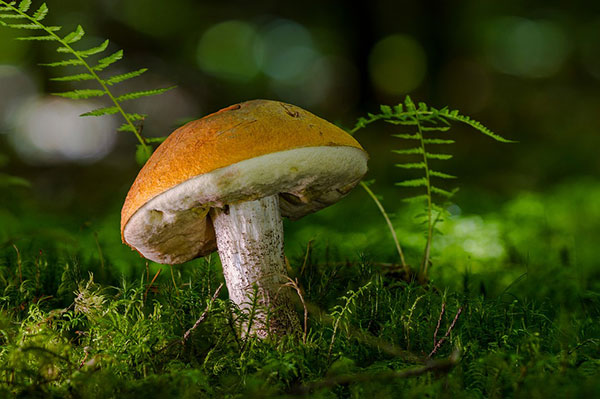
In addition, eating the wrong mushrooms can kill you quickly. Unless you are an expert, stay away.
Food Myth #4: Setting a few traps will get a meal.
The most consistent figures are that it takes about 20 traps to catch anything on a given day.
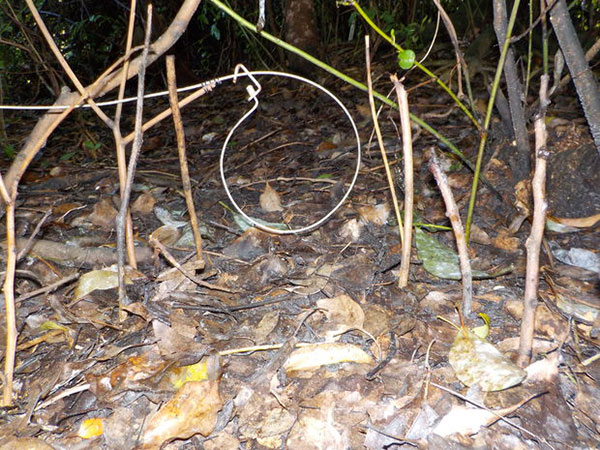
This is assuming the traps are baited and set properly. If you set a trap line, do it the right way.
Food Myth #5: When you find an abundant food source, eat as much as you can.
Unfortunately, eating a lot when you have been starving for days can make you sick. You may end up vomiting and losing all those nutrients. Eat a little at a time and you should be fine.
Food Myth #6: Berries are a safe bet.
Figures show that about 90% of black or blue berries are safe to eat, 50% of red berries are safe, and 10% of white or yellow berries are safe.
Food Myth #7: Since some animals are nocturnal, fishing or hunting at night is smart.
This is a bad idea. Leaving your camp without a source of light is always unsafe. It’s so easy to fall and injure yourself when you can’t see. In addition, the predators in the area can likely see you much better than you can see them.
